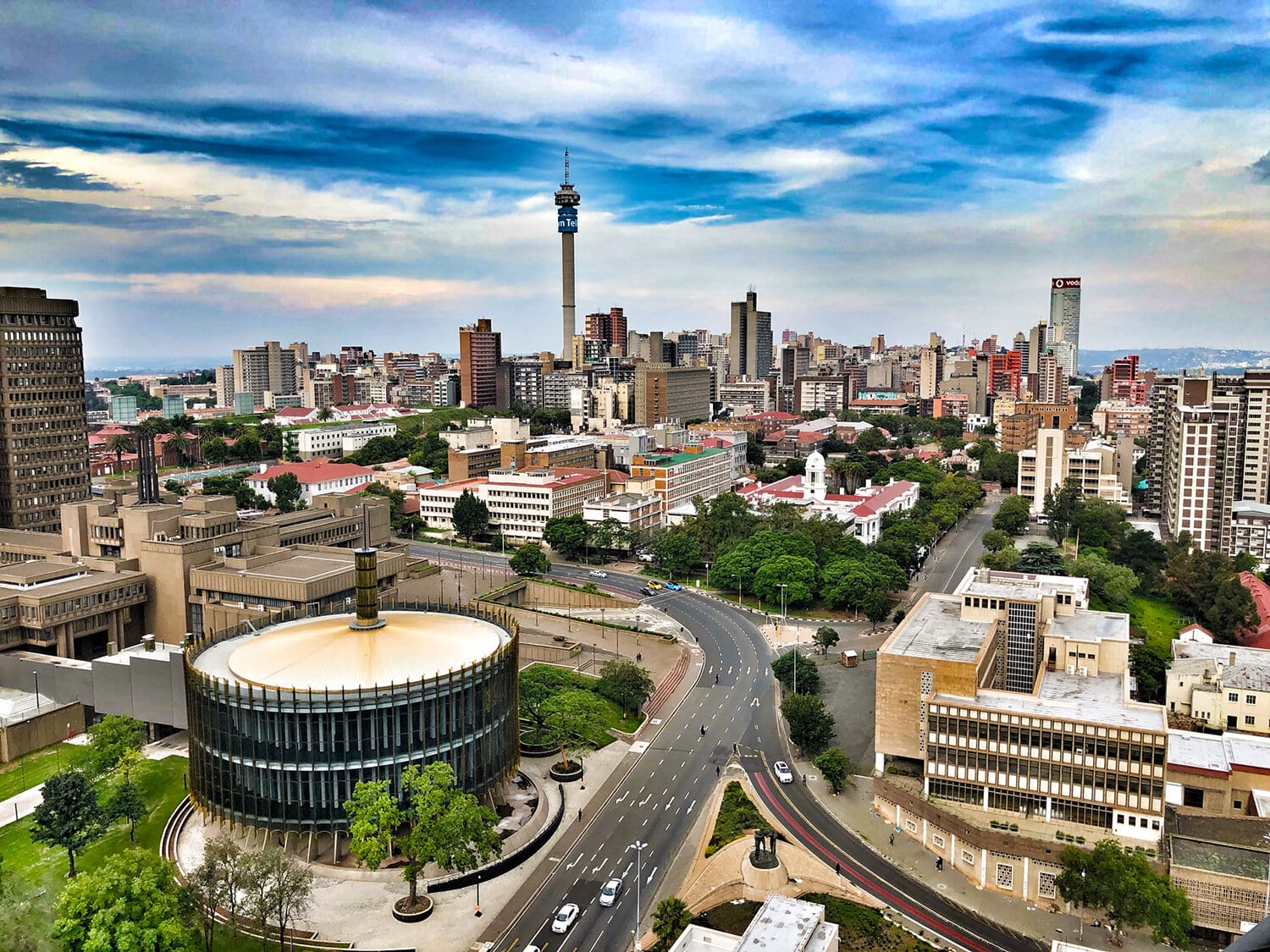What Does Johannesburg North Attractions Mean?
What Does Johannesburg North Attractions Mean?
Blog Article
The Johannesburg North Attractions Statements
Table of ContentsThe Main Principles Of Johannesburg North Attractions About Johannesburg North AttractionsA Biased View of Johannesburg North AttractionsJohannesburg North Attractions Can Be Fun For AnyoneJohannesburg North Attractions for BeginnersJohannesburg North Attractions Things To Know Before You Get This
The city grew on the side of the Witwatersrand Main Reef, a subterranean stratum of gold-bearing quartz-silica empire that arcs for hundreds of miles below the Highveld - Johannesburg North attractions. Many of the gold mines in the city discontinued operation in the 1970s, however in its day the Witwatersrand gold industry accounted for more than 40 percent of the globe's yearly gold manufacturing.Johannesburg has a pleasant environment. Summertime temperatures average about 75 F (24 C); winter season temperature levels average about 55 F (13 C) and just occasionally dip listed below freezing. The city delights in about 8 hours of sunshine per day in both wintertime and summertime. Rain standards concerning 28 inches (700 millimetres) per year, however the complete varies considerably from year to year.
What rain the city receives falls virtually specifically in the summer months, usually in stunning late-afternoon electric tornados., where many citizens still count on coal for fuel.

Getting My Johannesburg North Attractions To Work
The balance of the city is inhabited by whites. Lodging varies in character and high quality.
Physical growth, although rather restricted by transportation, proceeded swiftly as immigration to South Africa, and Johannesburg in certain, enhanced significantly.
A lot of inadequate suburbs were blended, with bad blacks and whites living with each other, although the well-off suburbs were typically reserved for whites. This changed with the election of the National Event in the 1948 political elections, who began to formalise the system referred to as discrimination. Discrimination officially marked which residential areas each race could live in under the Group Areas Act.
The previous system of eleven phoned number areas was reorganised in 2006. Marshalltown, as seen from the top of the Carlton Centre. The M1 and M2 run behind the buildings, and the southern suburban areas prolong past the freeway boundary. The central city of Johannesburg is situated within the city's Area F. The approximated populace of the region is 200,000, [] however the number of people living in the central city on a casual basis is unknown, as numerous are unlawful immigrants. Most higher-income residents and white people have relocated to the north residential areas and have actually been replaced by lower-income black individuals. The joblessness, education and learning, and age profiles of the area are all unidentified, as her response a result of the trouble of getting reputable information about the area.
Unknown Facts About Johannesburg North Attractions
Yeoville and Bellevue have a mix of apartment buildings and single property devices on tiny whole lots. The region is located on a my blog mountainous divide that runs from east to west.

Johannesburg Stadium, a training ground for both the Golden Lions and Orlando Pirates, is adjacent. The eastern suburbs of Johannesburg are situated in the city's 7th [] and 9th [] areas. The location is also functionally incorporated with East Rand border communities outside of the main boundary of Johannesburg, such as Bedfordview and Edenvale (both part of Ekurhuleni Metropolitan District).
An Unbiased View of Johannesburg North Attractions
R. Tambo International Airport Terminal). The eastern suburbs are some of the oldest locations of Johannesburg, there are big areas of Jewish review and other European backgrounds, the majority of the populace is English talking. There are 3 golf courses as well as a number of secured ridges with viewsites. There are numerous strong and up-market entertainment and buying areas in the east such as the Eastgate Mall and the Greenstone mall.
The location is primarily made up of old "matchbox" residences, or four-room residences built by the government, that were built to offer cheap accommodation for black workers during discrimination. Soweto is an abbreviation, meaning "South Western Townships". Street after street in this area is lined with matchboxes; however, there are a couple of smaller sized locations where thriving Sowetans have built houses that are much more similar in stature with those in more wealthy residential areas.
Hostels are an additional noticeable physical attribute of Soweto. Initially constructed to house male migrant employees, lots of have been enhanced as homes for pairs and family members. The N1 Western Bypass skirts the eastern boundary of Soweto. The residential area was not traditionally allowed to produce employment centres within the location, so nearly all of its homeowners are travelers to various other components of the city.
Johannesburg North Attractions Can Be Fun For Anyone
The domestic locations in the northern suburbs are primarily official, with no substantial locations of casual real estate, or real estate that lacks a permanent structure. This is a well-known area, there is a pattern of land usage change from domestic to industrial, particularly along main arterial roadways and around recognized nodes.
Roads to the eastern and west are less well developed, as there are no highways travelling in that direction. Towards the northern border of the city, the density of advancement lowers, leaving large areas of primitive land around Midrand.
The Greatest Guide To Johannesburg North Attractions
, which is located on a hill overlooking the inner city and Hillbrow.
Report this page